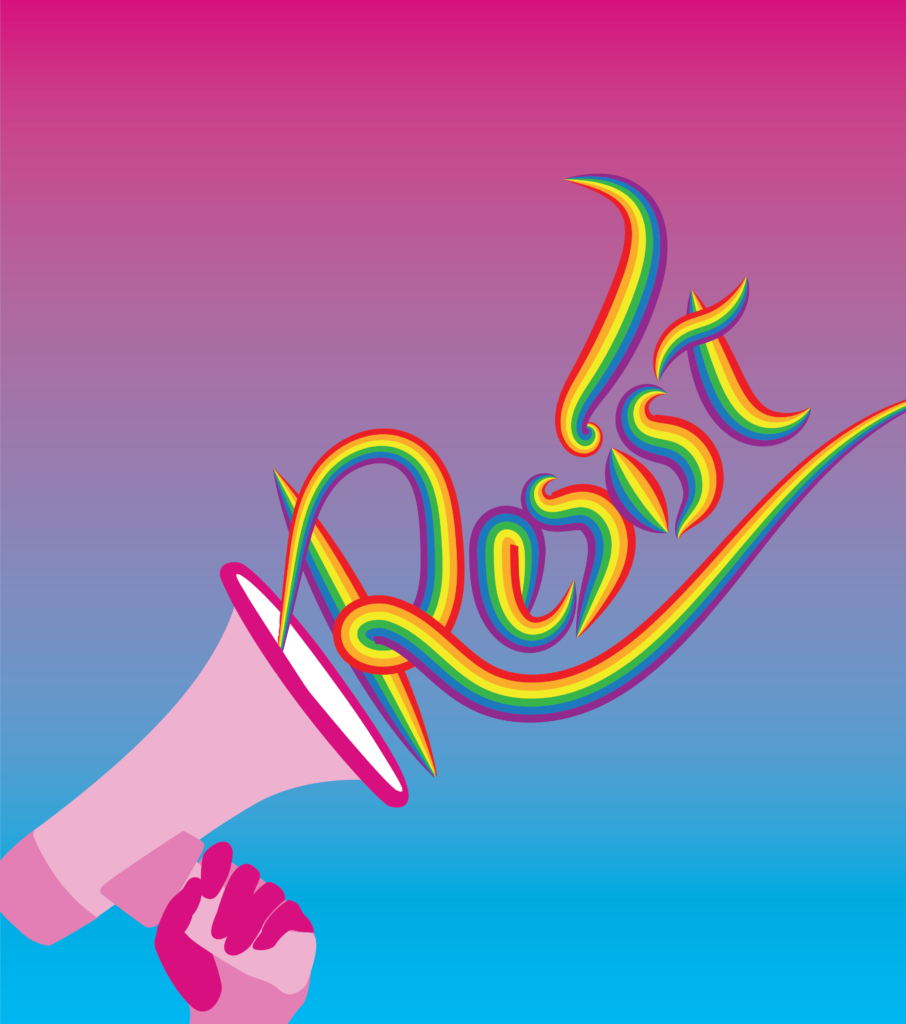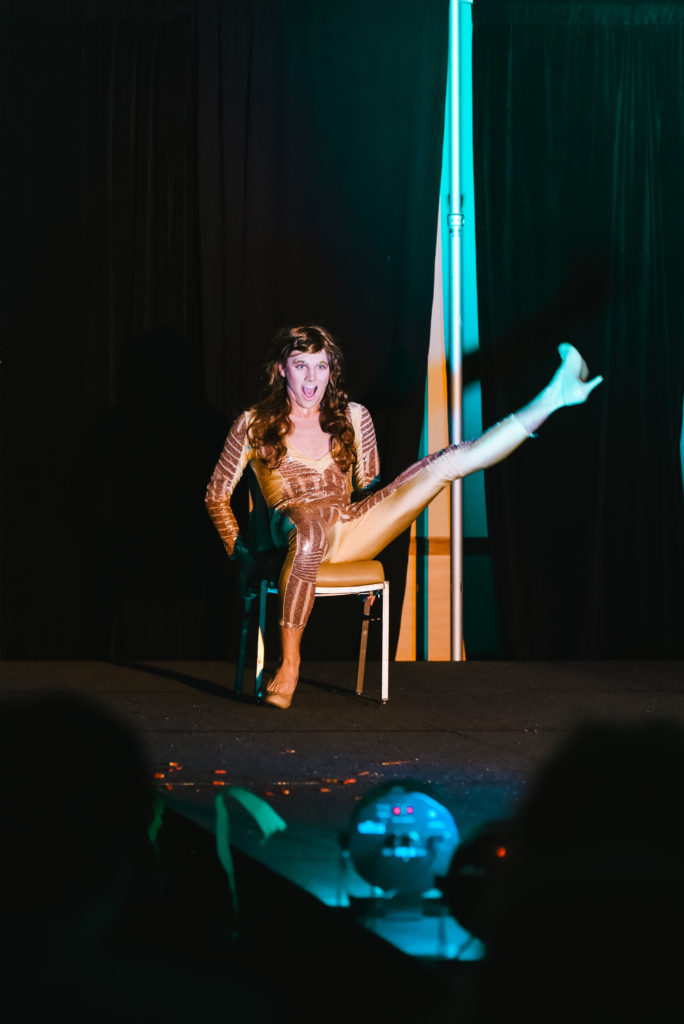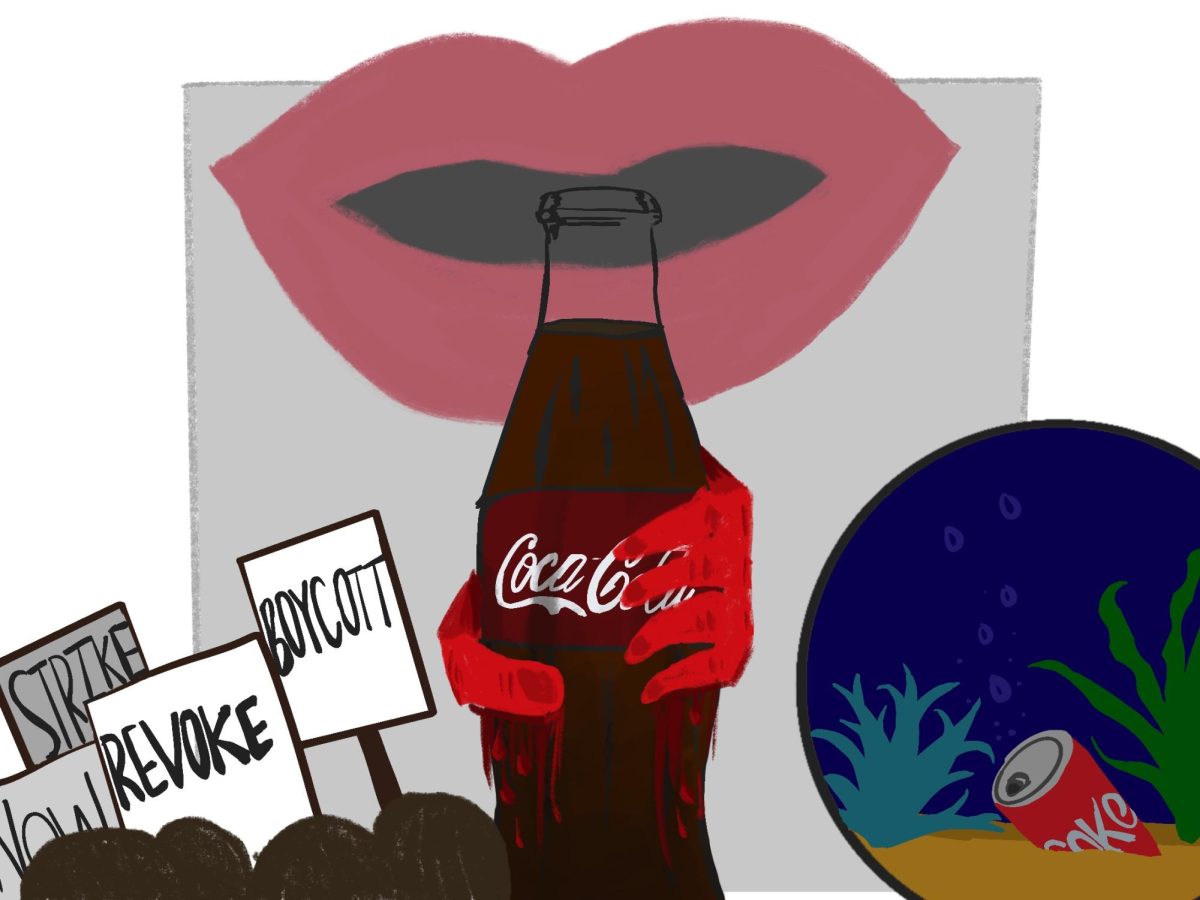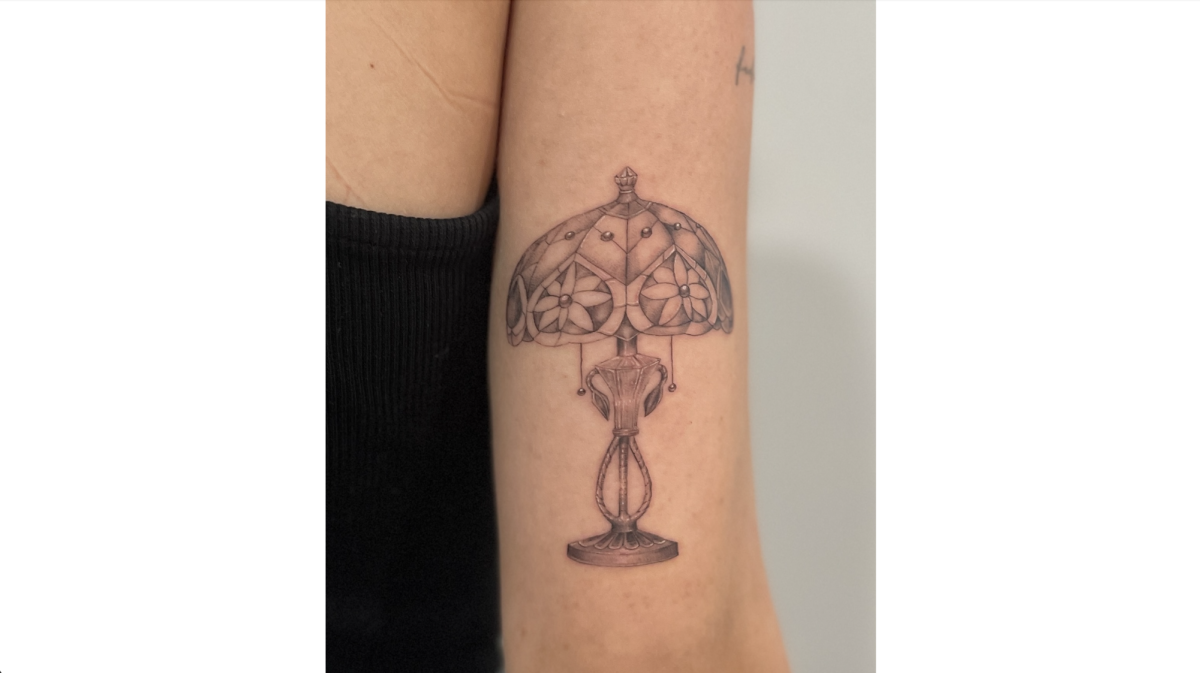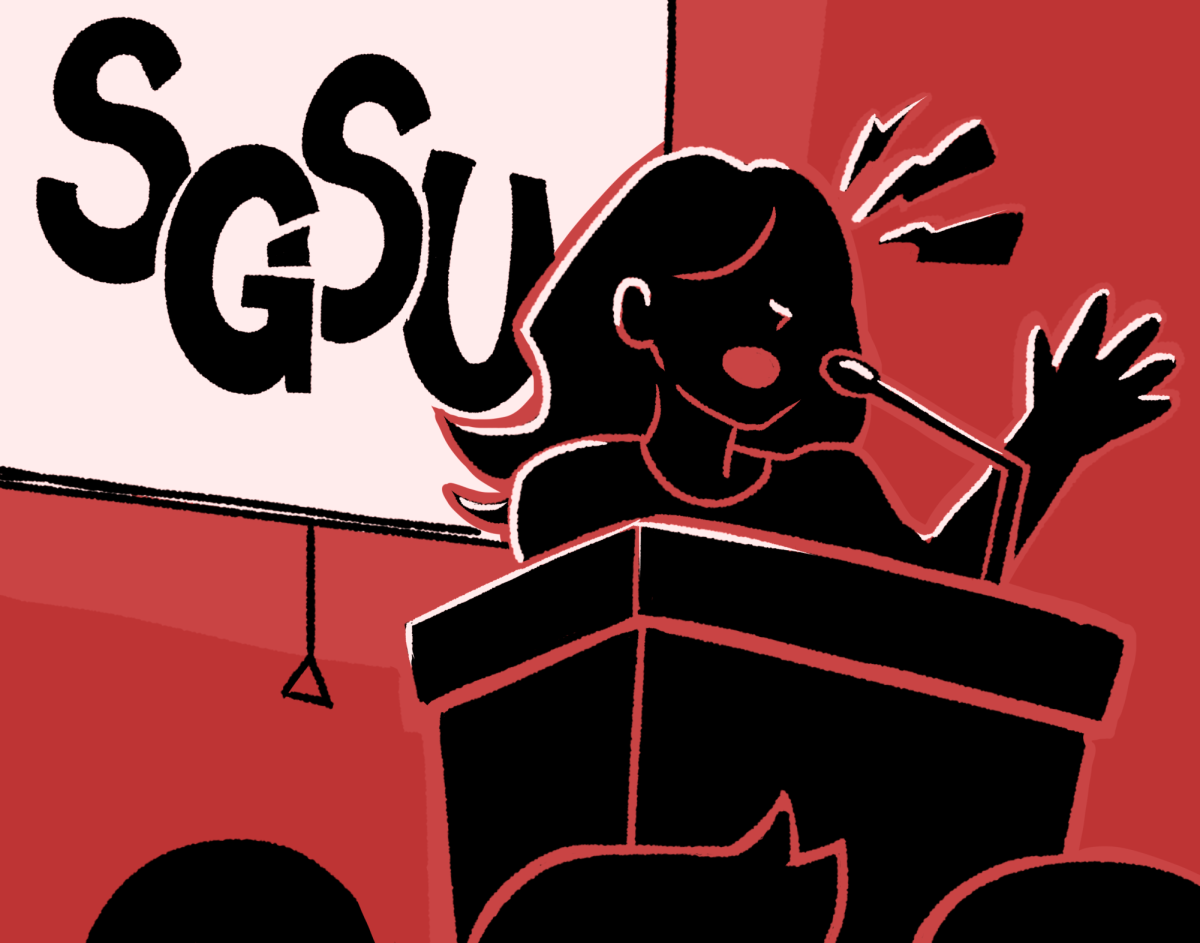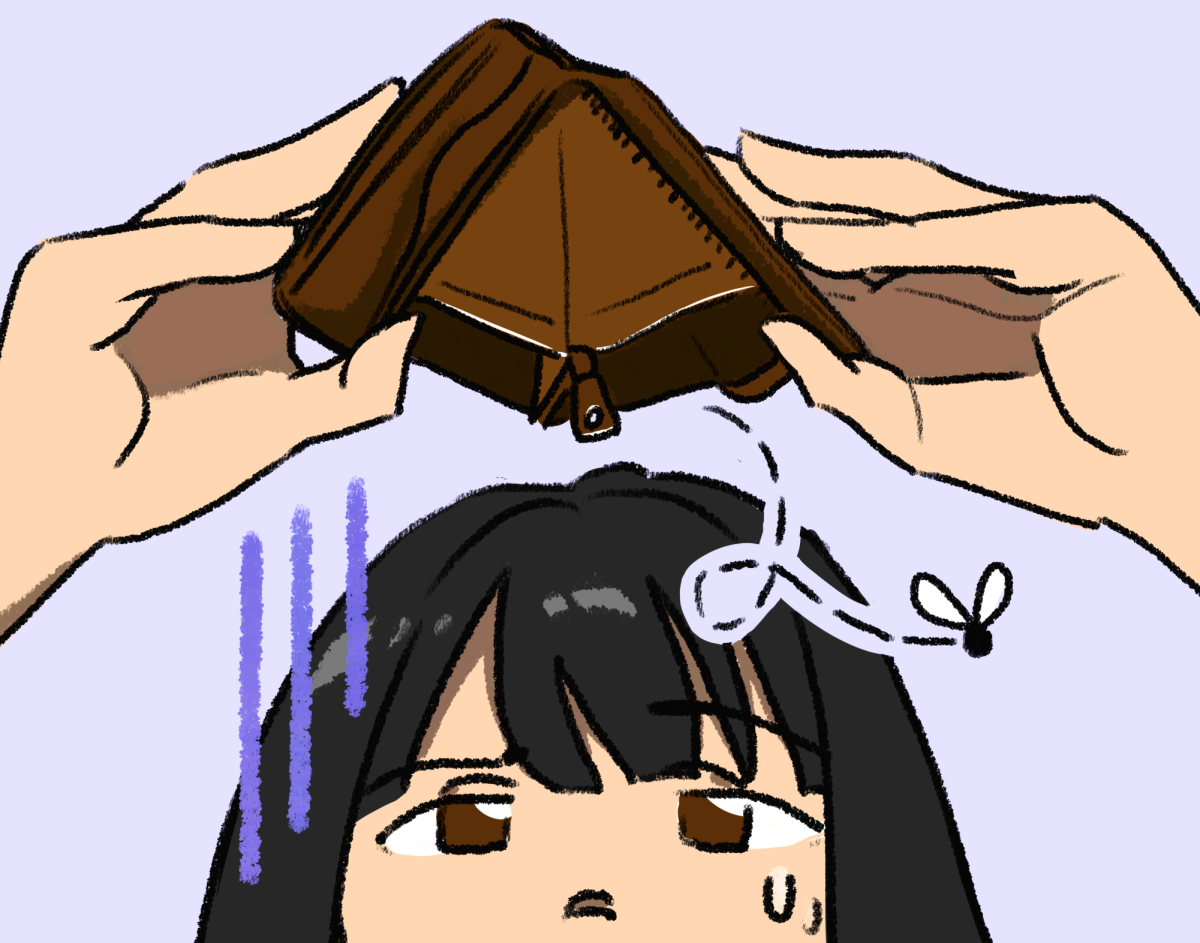Growing up in a small, conservative town in Washington State, Mina Gibbs came out when she was 15 years old. Because of her sexuality, she experienced verbal harassment in high school. She was “stoked” to move to Seattle to attend college and become a part of a historically robust and supportive queer community.
When she committed to Seattle University, her mother was nervous. Seattle U is, after all, a Jesuit-Catholic institution, the mother thought to herself, and Catholic institutions have not, historically, been favorable to the queer community.
But during a campus tour three years ago, those fears subsided. While walking around campus, the mother saw an advertisement for Seattle U’s 2015 Drag Show. For Gibbs’ mother, it seemed that perhaps Seattle U was an open and accepting community after all. “I can trust these people with my daughter,” Gibbs recalls her mother saying.
“It was very ironic,” said Gibbs, a third-year at Seattle U and small events director of the Triangle Club. “Because the entire reason she felt comfortable letting her queer daughter come here is now being attacked.”
◊ ◊ ◊ ◊ ◊ ◊ ◊ ◊
Growing up in a conservative neighborhood in Southern California, Hunter Adams didn’t get to explore his sexuality much in high school. This may be due in part to the fact that the only LGBTQ club on his high school campus, the Gay Straight Alliance, boasted two members—both of whom were straight.
Adams was excited to move to Capitol Hill after graduation, which he understood to be the queer hub of the Pacific Northwest. He recalled taking a tour of the campus prior to becoming a student. He was sporting his newly purchased Seattle U gear at a nearby coffee shop when a current student spotted him.
“What’s it like for someone who is queer to go to this school?” Adams asked the student. “I know it has religious affiliations, so how comfortable would I be?”
The student told him about Triangle Club, the Drag Show and other organizations on campus that support the queer community. To Adams it seemed that, although Seattle U is Catholic, it is welcoming and inclusive to all.
“And that really made me comfortable with choosing to come here,” Adams said.
Months later, Adams performed in the 2018 Drag Show, which happened less than three weeks ago. During his performance he felt like he was at a concert, only this time, he was the one performing.
“The energy on the stage was so much. Everyone was so supportive in the crowd,” Adams said. “I’ve never really felt that. It was a new energy that I felt and everyone in the crowd was just having a great time.”
A few days later, a photo snapped of him mid-performance was featured on the cover of the April 11 edition of The Spectator with the headline: “Under the Sea: exploring gender expression at SU drag show 2018.”
“I was really happy and proud of it. In the photo, I’m smiling and just having a good time and living my true self,” Adams said. “That’s something that I was happy that the school was able to see.”
But that excitement subsided when criticism of the photo surfaced a week later.
Seattle University President Fr. Stephen Sundborg, S.J. said in an interview with the Spectator that he was “very, very embarrassed and ashamed” of the photo.
“I feel offended that as president I’ve allowed to have a drag show, which I think is kind of being very tolerant,” Sundborg said. “And then to have that as the cover of the newspaper is something that I feel I’ve been taken advantage of as president.”
Another Jesuit on campus, Fr. David Leigh, S.J., admitted to intentionally emptying newspaper stands from at least three separate locations on campus because he found the photo offensive. It is still unclear if Leigh will be disciplined for his actions.
Following the aftermath of his comments, Sundborg sent out an email to the campus community. He wrote that he understands some in the community “feel harmed by comments I made…and are questioning the value I place on LGBTQ members of our community. I deeply regret that and am sincerely sorry that is the case.”
But student clubs and faculty say the president’s apology was insufficient. Some say his words have caused damage that is far-reaching. Others suggest that Seattle U isn’t embodying its social justice mission of empowering leaders for a just and humane world.
“We simultaneously have a university that has a social justice mission and that wants to be welcoming and inclusive,” said professor Dean Spade of the Seattle U Law School. “And we have a gap between that and the reality, between aspirations and reality.”
Spade pointed to other examples beyond Sundborg’s recent comments that are indicative of the university not fully embodying its mission. He spoke to a campus climate survey conducted a few years back which indicated a deeply hostile environment for students of color on campus.
“We can look around the university and see that there are a lot of people missing,” Spade said. “There are certain groups of color who we do not see in high numbers in our university body who our university should serve if it has a social justice mission.”
Sometimes this gap that Spade is pointing to—that between expectations and reality regarding the university’s social justice mission—leaves some students feeling like they were tricked into a false sense of inclusion, diversity and acceptance when they decided to attend the university.
“The reason I chose Seattle University was because of its branding, because it seemed to value these things,” said Christina Finley, a first-year in the Seattle U Law School. “In him saying I’m an embarrassment, that I’m not a valued member of this community, that is hurtful in a way I can’t explain to you.”
Ann Marie Zocchi is the president of Seattle U’s Triangle Club and director of the annual Drag Show. They were overjoyed with the turnout at the 2018 Drag Show and elated to see it celebrated on the cover of The Spectator. But when reading the article published the following week, Zocchi’s reaction was nearly the opposite.
“Honestly it brought tears to my eyes,” Zocchi said of Sundborg’s commentary, adding that they were deeply upset to see such “backhanded, homophobic language” from the president of the university.
“He does not want to be inclusive,” Zocchi said about the president. “Being inclusive means you open your arms. ‘Letting’ us do a drag show, ‘letting’ us be here—that’s tolerating. That’s not good enough for me. And that’s not good enough for the queer community on campus.”
In reflecting on the president’s commentary and events like the 2016 Matteo Ricci College protests, Zocchi described a growing sense of “disenchantment” regarding the university administration over the years.
“I still believe that this university has some amazing characteristics, is a good school [and] has a really fantastic student body which we’ve seen with the support that we’ve gotten,” they said. “But there sure are some big issues that need to be addressed.”
Adams echoed a similar sentiment. He said the president’s reaction opened his eyes to the faults within the university administration.
“It really just makes you wonder, do they really want what’s best for the student body or are they still just putting their beliefs before [others] because they feel that everyone has those same beliefs?” Adams said.
One of the most pertinent issues to members of Triangle Club is the absence of gender-inclusive housing on campus. Seattle U’s housing policy states that students must live with students who are of the same sex to which they were assigned at birth. Students can, technically, reach out to housing to make special accommodations.
But the option for special accommodations is not advertised anywhere and, in the process of receiving those special accommodations, students must then inevitably out themselves to the university administration.
“There is no policy for gender-inclusive housing on campus and it’s dangerous. It’s dangerous for trans students. It’s dangerous for us to live here and live on campus,” Zocchi said. “We don’t even have housing on campus, let alone the ability to express ourselves and just exist on this campus as human beings, as queer people.”
In the United States, trans people, specifically trans women of color, are murdered and commit suicide at highly disproportionate rates in comparison to their cisgendered counterparts. A 2014 study from the Inter-American Commission on Human Rights said that trans women in America have a life expectancy of 30 to 35 years old. According to the Human Rights Campaign, 2017 was the deadliest year on record for trans people in American history. 2018 is expected to surpass last year’s figure.
These numbers do not exist in a vacuum, but rather have ties to culture and politics. FBI data shows a surge in anti-LGBTQ violence in the United States following the election of Donald Trump.
These statistics are not lost on members of Seattle U’s queer and trans community, who say the president’s comments pose a heightened level of risk for them.
“I was stricken by the idea that the picture was an issue, that it ‘offended’ people’s sense of dignity or respect. Because I know that I feel like my right to move through this campus with dignity has been taken away,” Finley said. “Let’s not lie to ourselves. Hatred and fear of drag is hatred and fear of trans people.”
Spade says the president’s commentary has the potential to lead to a more hostile environment for the queer community on campus.
“I believe that anytime there are signals from an institution that some people’s lives and communities are worth less or are embarrassing or have some sort of disgust associated, that it serves as a form of permission for other people in that community to express similar views. It cultivates that kind of thinking,” Spade said. “I am concerned that it harmed the culture in our community, and that relates to people’s well-being.”
Finley said they believe the very existence of trans people on campus is what the president finds problematic. “That’s a kind of violence in and of itself,” Finley said.
At this point in time, Finley questions where to go from here and how to continue showing up to their classrooms while still being true to themself.
“Because I have two options. I could be myself. Or I could spend my life screaming on the inside and have easier access to this profession. I don’t want to spend the rest of my life screaming,” Finley said. “I’m not gonna change because I don’t have time for that. And I can’t change even if I tried.”
Finley’s advice for queer students on campus: find your people.
“Because that has been the single most transformative thing,” Finley said. “Knowing Professor Spade exists has been the single thing that has changed my life in law school.”
Spade is the first openly trans law professor in the United States. Finley further advises queer students not to come out if they don’t feel safe, but to remember it is possible to be successful while still being yourself.
Danni Askini, who is the Executive Director of the Gender Justice League in Seattle, said the recent events are an opportunity for reflection. She said she hopes this serves as a turning point for the campus community to assess and evaluate how it treats queer and trans students.
“This is an opportunity to situate yourself in the community that you live in and think thoughtfully about the values that you all represent,” Askini said. “And I hope that the administration changes their tone because I think it’s incredibly disappointing and harmful to the reputation of Seattle University that this bigotry is allowed to be spoken out loud.”
She suggested Sundborg meet with community members and really try to understand why he was wrong so he can move forward, grow and learn. In turn, Askini said, this will allow the entire institution to grow together.
“There’s a super long history of drag going back [to] Shakespeare where all female roles were done in drag,” Askini said. “A lot of theater has involved drag and I think if Elizabethan Puritans can tolerate drag in theater, that 21st century Jesuits can also tolerate drag from students and not find it offensive.”
Sundborg sent out an email Tuesday afternoon announcing an all-campus forum to discuss the issues brought forth by his comments. He said he is committed to the work of inclusive excellence and ensuring every student and member of our faculty and staff feel a sense of belonging.
“We have a long history of resisting this type of rigidity and, frankly, tyranny that’s trying to suppress peoples’ gender diversity and the beauty of gender,” Askini said. “I hope that those students resist.”
Tess can be reached at
[email protected]





